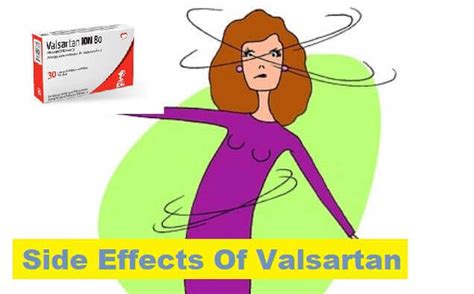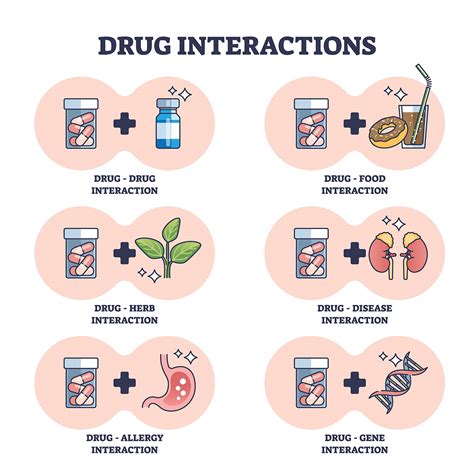Intro
Discover the potential Valsartan 160mg side effects, including dizziness, headache, and fatigue, and learn about hypertension treatment risks, blood pressure medication interactions, and patient safety precautions.
Valsartan is a medication commonly used to treat high blood pressure and heart failure. It belongs to a class of drugs known as angiotensin II receptor blockers (ARBs), which work by relaxing blood vessels and reducing blood pressure. While valsartan is generally well-tolerated, like all medications, it can cause side effects in some individuals. In this article, we will delve into the potential side effects of valsartan 160mg, exploring both common and rare adverse effects, as well as providing guidance on how to manage them.
The importance of understanding the side effects of any medication cannot be overstated. It allows patients to be aware of what to expect and to take proactive steps to mitigate any adverse effects. Moreover, knowledge about side effects can help in early detection and management of any potential issues, ensuring that the treatment remains effective and safe. Valsartan, being a widely prescribed medication, has a significant impact on public health, and its side effects are a critical aspect of its overall risk-benefit profile.
Valsartan's mechanism of action involves blocking the effects of angiotensin II, a potent vasoconstrictor, which is part of the renin-angiotensin-aldosterone system (RAAS) that regulates blood pressure. By blocking angiotensin II receptors, valsartan leads to vasodilation and a decrease in blood pressure. This action is beneficial for patients with hypertension and heart failure, as it reduces the strain on the heart and decreases the risk of cardiovascular events. However, the interaction of valsartan with other systems in the body can sometimes lead to side effects.
Common Side Effects of Valsartan 160mg

Less Common but Significant Side Effects
Less common but potentially significant side effects of valsartan include changes in kidney function, especially in patients with pre-existing kidney disease. Valsartan can also cause hyperkalemia (elevated potassium levels in the blood), which is a concern for patients with kidney problems or those taking other medications that affect potassium levels. Additionally, valsartan may cause allergic reactions in some individuals, which can range from mild skin rashes to severe anaphylaxis.Rare but Serious Side Effects of Valsartan 160mg

Managing Side Effects of Valsartan 160mg
Managing side effects of valsartan 160mg often involves a combination of lifestyle adjustments and, in some cases, changes to the medication regimen. For patients experiencing dizziness, it's advisable to rise slowly from a sitting or lying position and to avoid standing for long periods. Staying hydrated can help mitigate side effects like dizziness and fatigue. In cases where side effects are more severe or persistent, healthcare providers may consider adjusting the dosage or switching to an alternative medication.Special Considerations and Warnings

Patient Education and Awareness
Patient education and awareness are critical components of safe and effective treatment with valsartan 160mg. Patients should be informed about the potential side effects, the importance of adherence to the prescribed regimen, and the need for regular follow-up appointments with their healthcare provider. By being proactive and engaged in their care, patients can minimize the risk of side effects and maximize the benefits of valsartan therapy.Interactions with Other Medications

Monitoring and Follow-Up
Monitoring and follow-up are essential for patients taking valsartan 160mg. Regular blood pressure checks, kidney function tests, and monitoring of potassium levels can help identify any potential issues early. Patients should also be aware of the signs of serious side effects and know when to seek medical help. Through close monitoring and prompt management of side effects, patients can safely benefit from the therapeutic effects of valsartan.Conclusion and Future Directions

Final Thoughts
Final thoughts on valsartan 160mg side effects emphasize the importance of a collaborative approach between patients and healthcare providers. Open communication about side effects, adherence to the treatment plan, and regular monitoring can significantly enhance the safety and efficacy of valsartan therapy. As with any medication, the goal is to achieve the best possible outcomes while minimizing risks, and this can be accomplished through education, awareness, and proactive management of side effects.What are the most common side effects of valsartan 160mg?
+The most common side effects include dizziness, headache, and fatigue. These are generally mild and may resolve on their own.
Can valsartan 160mg cause serious side effects?
+Yes, rare but serious side effects can include angioedema and impaired liver function. It's essential to seek immediate medical attention if symptoms of serious side effects occur.
How can I manage side effects of valsartan 160mg?
+Managing side effects often involves lifestyle adjustments and, in some cases, changes to the medication regimen. Staying hydrated, avoiding long periods of standing, and consulting with a healthcare provider can help mitigate side effects.
We hope this comprehensive overview of valsartan 160mg side effects has been informative and helpful. If you have any personal experiences or questions regarding valsartan or its side effects, please feel free to share them in the comments below. Your input can provide valuable insights for others and contribute to a better understanding of this medication. Additionally, if you found this article useful, consider sharing it with others who might benefit from this information. Together, we can promote awareness and support informed decision-making about healthcare treatments.
